Incompatible With Life: A Memoir of Grave Illness & Great Love

“Months later, Dr. Naib would tell me about those first moments of our relationship from her perspective. She was sitting in her office when my file appeared in her queue. She read the referral from hepatology and reviewed the work done in the emergency room a few days before—then the new test result dropped in. Reading the ferritin report clicked the broader picture into focus. She realized what was wrong, the full extent of the battle ahead. If I had as much iron lodged in my heart as she suspected, it was a miracle I’d survived this long without critical cardiac care.”—Michael Tallon
Fairly Unbalanced
By Michael Tallon
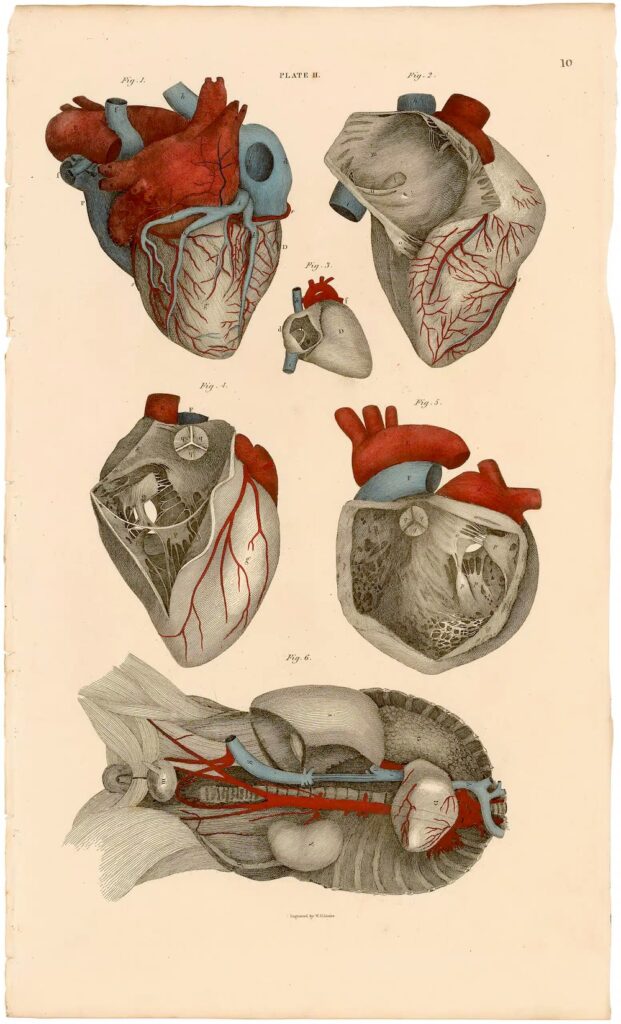
ANTIGUA Guatemala—(Hubris)—June & July 2024—Editor’s Note: Michael Tallon is a writer from the United States living and working in Antigua, Guatemala. He is in the final edits of a medical memoir describing his struggle to survive the ravages of the genetic iron-processing disorder, Hereditary Hemochromatosis titled Incompatible With Life: A Memoir of Grave Illness and Great Love. The chapter excerpted below takes place twelve hours after the author was rushed to the Mount Sinai Hospital emergency room on Manhattan’s Upper East Side. He is in critical condition, with no diagnosis to explain the simultaneous failure of his heart, liver, and pancreas. As we pick up the action, he is being transferred to what is known as a Step-Down Unit.
![]()
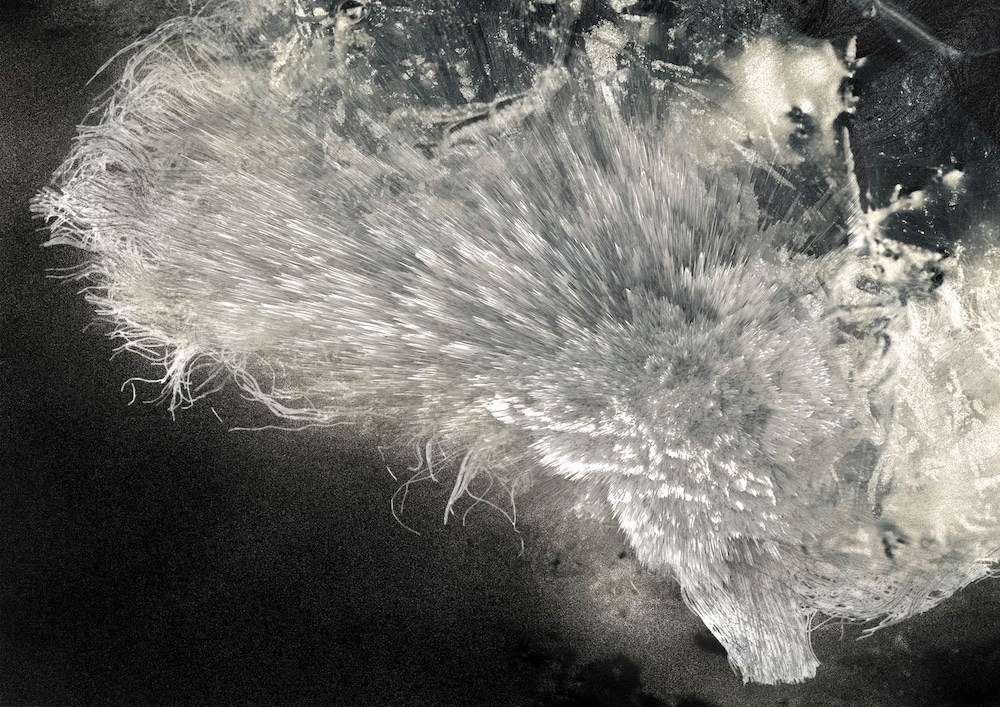
Chapter 6: The Step-Down Unit, a New Doctor, and a Diagnosis
Wednesday, March 4—Friday, March 6, 2015, Mount Sinai Step-Down Unit.
At midday on March 4, I was transferred to a Step-Down Unit, so named because it was “one step down” from Intensive Care. ICU patients are often intubated or on advanced life support. They are classified as critical or likely to become critical without warning. I was neither intubated nor on advanced life support, but I was on the crumbling edge of an acute crisis. Whether I belonged in an SDU or an ICU is debatable, but a bed became available in the Step-Down Unit first, so that’s where I went.
In our SDU, there were four patients. Two nurses attended our care at all times, and each bed sat within a small forest of IV stands and monitors with leads, cables, and drip tubes dangling in parabolic arcs before rising to meet our arms, heads, and chests. Two of my ward mates were unconscious the entire 48 hours I was in the SDU. Only one, a frail young woman, was intermittently awake.
She was so thin—like a Tinkertoy girl or a bird.
Our beds faced one another across the ward, maybe 20 feet apart. Most of the time, she hid under the covers, and when she was “out,” she moved in quick darts, her head turning this way and that as if fearing an attack. I never heard her speak, though she occasionally made tiny cathartic peeps and expressive sighs when the pressures inside her grew too strong for containment. I wanted to form a bond of friendship with her; she seemed so alone and frightened, and those fears of separation and anxiety were in me, too.
Closer to my corner of the SDU was an older man about ten feet away. He was, I’d guess, in his 70s, and he never stirred an inch. I don’t know if he was technically catatonic, but he sure looked that way. His eyes, forever closed, sank deep into bony orbits, and his mouth hung slack and open. He lay flat on his back with no pillow beneath his head, and his arms were set at his sides, palms down. No one would choose to sleep in this manner. It was clear that he’d been “arranged” by the nurses for what I assumed was some medically relevant reason. Over my two days on the ward, he never even twitched, and his breathing was so shallow as to be virtually imperceptible. He reminded me of Joseph Heller’s “soldier in white” from Catch-22. Though unbandaged, he had the same terrible, terrifying vacancy.
I felt compelled to imagine a story into him. I needed to give him an identity to make him less emotionally unsettling. Many possibilities rose, but none stuck. He remained a persistent, hauntingly blank space. He had no visitors, and when the doctors passed by on their rounds, they only jotted initials in his chart and carried on. Once, a nurse squeezed his toes. There was no response. I wasn’t sure if her action was diagnostic or simply human. I wondered if he unsettled her, too.
That man may have had the fullest existence before his relegation here. Perhaps he still had friends the world over who worried about him, who sent him messages of love via the moon. Perhaps he anchored a family before his stroke, or heart attack, or viral encephalitis, or trauma-induced vegetative state, or whatever it was that brought him to this low land. He could have been a company CEO or Eastern European nobility. He could have been an Olympic athlete or a violinist in the orchestra. He could have been anything, but now he was here—a gutting image of fearful isolation.
I wondered if—and worried that—I might become him.
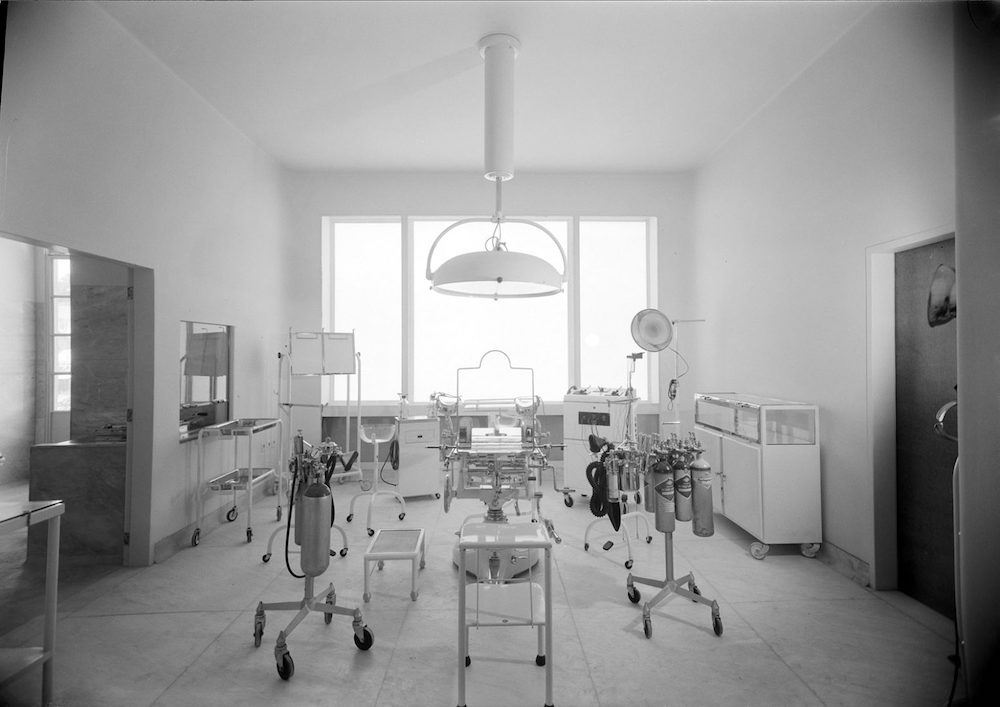
The Step Down Unit was silent. Eerily so. Conversations were rare, spare, and hushed. It was like a church or a mausoleum. The most common accent notes were the soft hoots of IV lines requiring attention or the muffled squeak of nurses’ sneakers on tile floors. There were also the occasional chirps from the bird-girl across the way. When the fear inside her piqued, she released an exasperated noise. Then, as if she’d be blamed for calling attention to herself, she would duck again beneath the covers to hide.
A few hours after my transfer from the ER, I fell asleep to those sounds. I didn’t know what time it was. I didn’t know where my parents were. I didn’t really know anything at all beyond my near-total exhaustion.
When I slept, I had a stunning dream. I was driving down a highway with Mercedes, but then she disappeared. Suddenly, my dad was behind the wheel, and I was in the back seat, curled up on my side like a little boy. All was good in the world. A Yankees game was on the radio, and we drove for hours that sped by in seconds. But then I grew fearful the radio reception would fade to nothing, and I’d lose the game. As the static increased, I was again in the driver’s seat, fumbling with the knobs, trying to dial in the station. The sounds of the stadium grew menacing, with loud line drives cracking off bats that I had to dodge to avoid. Panicked, I took my eyes off the road to deal with the radio, and when I looked down, I lost control of the car.
There was a storm. Lightening. Chaos. We crashed and began to tumble through the air. I startled awake, but just before fear catapulted me from the dream, I heard my father shout: “I’m still here!”
My eyes wide and my heart in calamity, I saw a nurse hovering above me. She was adjusting the angle of my bed, raising it to make breathing easier. Once I’d reached 45 degrees, she reattached the oxygen cannula that had slipped from my nose.
“You had a bad dream,” she said.
“Yes,” I said.
But then I wondered if it was a bad dream after all.
“I’m still here!”
After I slept, two hepatological residents came to confer about my cirrhosis. They said our goal was to stabilize my health before discussing other options. I asked if they meant transplantation. They said that was a likely treatment protocol. First, however, I had to get stronger. When I asked how exactly we would do that, one of them told me to eat right, take my vitamins and supplements, and, of course, no alcohol.
That all seemed rather quaint. I signaled to the unit nurse and said, “Cancel my evening whiskey.”
She chuckled softly and smiled.
The resident in charge then called both nurses to my bedside and explained the issue with my portal vein hypertension. Due to the fragility of my system, the staff needed to take extra care when moving me. Any bump, shock, or drop could rupture the vessel, leading to a crisis we could not contain. The nurses nodded, taking onboard information they had assuredly received several times before.
After the residents left, I saw that the bird-girl was momentarily out from under the covers. If she looked in my direction, I wanted her to find a friend and an ally, so I made my eyes as gentle as possible. I did this for her sake but also mine. I felt terribly alone, and we were fellow travelers on this road. In time, our eyes met, and I smiled. Then I nodded my head in greeting. When I looked up again, she was smiling, too. But something soon spooked her, and she pulled the covers over her head, disappearing from the world yet again.
Later in the day, near mealtime, she was out, so I offered a little wave. For reasons I still don’t understand, I was afraid of being caught communicating with another patient, as if we’d be put on trial if discovered. She seemed to feel that, too. When she waved back, it was furtive and quick. Then she pulled up the covers and hid.
It was the last time I saw her face.
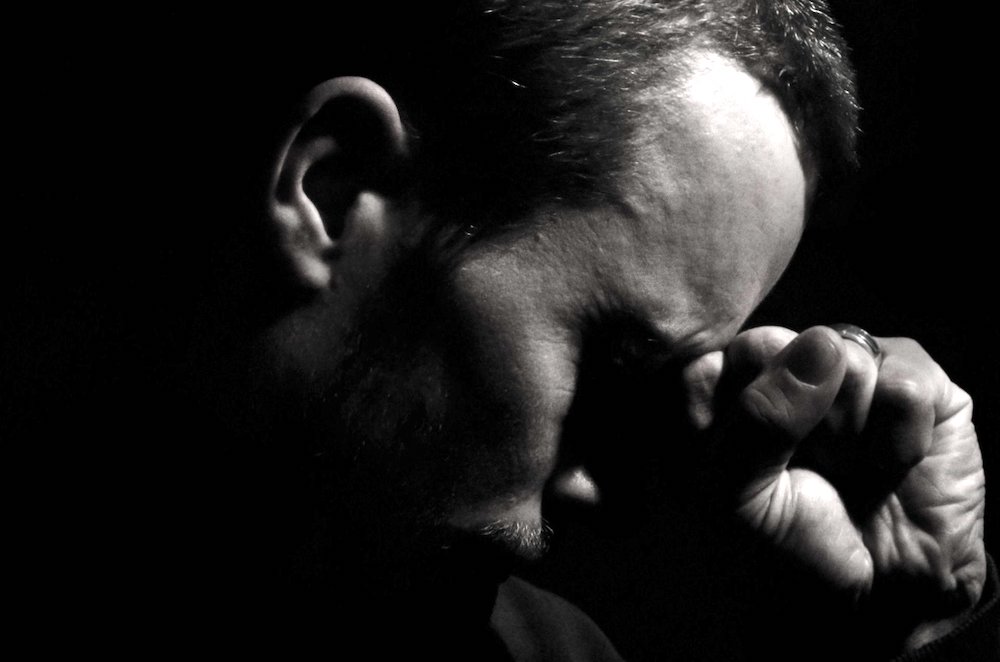
The hepatology residents returned the following day and asked how I was feeling. I told them that I was very, very, very tired—a kind of tired I’d never felt before—but otherwise, I was . . . OK?
It was offered more as a question than an affirmation.
The doctors asked about my appetite, which wasn’t strong. They asked about my toilet use. I told them it was infrequent and only urination for several days. They made a note and then spoke again of the need for Alcoholics Anonymous meetings. Perhaps that was something they could arrange in the hospital. I told them I was open to any suggestions. The conversation seemed rather pointless, but before they could push on, we were interrupted by the sudden arrival of a third doctor at the door of the SDU. She was slight of frame, in the final stage of pregnancy, and a little out of breath. It was clear that she’d been hustling through the halls at speed to get here.
Before saying a word, she scanned the beds until her eyes landed on me—the only 48-year-old male patient in the room. Identifying her quarry, she stepped past the residents, pointed a scope into my eyes, and touched my forehead. Whatever she saw—and felt—satisfied her initial diagnostic curiosity, so she gestured to the residents that they follow her to the nurses’ station for a consult.
Their discussion was short, courteous, and one-sided.
In less than a minute, the three doctors were back. One of the residents introduced the pregnant physician as Dr. Tara Naib from cardiology. She would be taking over my care immediately. He said they would be in touch soon, then he and his partner were gone.
In the moment, I didn’t register the sea change that had just occurred. That early in my care, doctors were doctors to me. Speaking to a hepatology resident or a cardiology chief felt the same.
It wasn’t.
Dr. Naib taking over my case indicated that the stakes, already high, were now “all-in.” My heart, I was soon to learn, was in even worse shape than my liver.
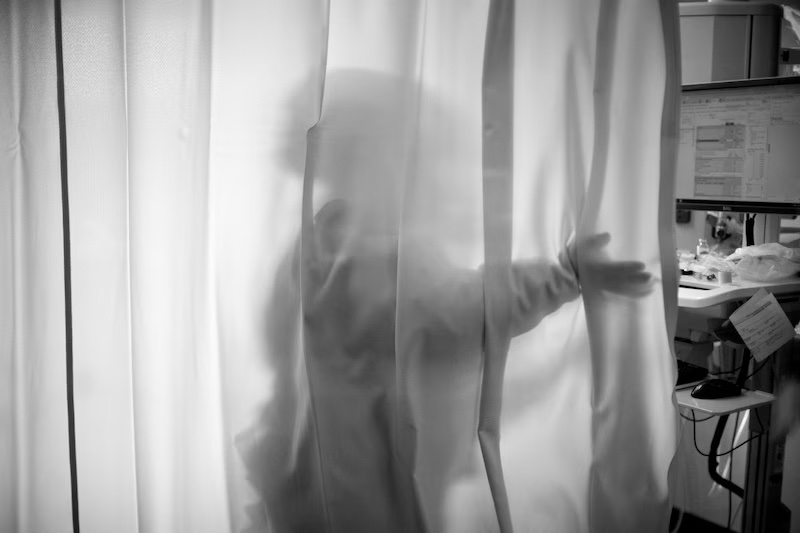
While other physicians presumably would have figured it out eventually, perhaps during an autopsy, it was Dr. Naib who fit the puzzle of my many illnesses together. Had she not, I may well have never left the SDU.
Approximately 20 minutes before she appeared in the doorway short of breath, the results of a single test were returned to the Mount Sinai system. It was bloodwork that Dr. Dieterich had ordered a few days before, one of the two tests that required off-site processing. The results landed simultaneously in several departments, including cardiology, where Dr. Naib was in line for a consultation. She had never before read my name nor seen my chart. I was a few pages of data on a computer screen. Yet, with her years of experience, brilliant mind, and that one final piece of information, she diagnosed my underlying condition.
The new test, something called a ferritin profile, measured the level of iron in my bloodstream. Healthy adults have between two and four grams in their systems at any given time, primarily distributed in the hemoglobin and used to transport oxygen to the cells. My ferritin profile suggested that I was carrying several pounds of the metal in my system, likely in the form of a trillion, trillion atomically scaled bullets riddling my heart, liver, pancreas, and glands. A man my age should have between 12 and 300 nanograms per milliliter of blood. My initial test reported over 7,500 ng/ml.
A test the following day would see it over 10,000.
For most people, excess dietary iron—the iron we consume in milk, meat, spinach, seafood, and other sources—passes rapidly through the digestive system. The body takes what it needs and discards the rest as waste. But that doesn’t happen with me.
As was confirmed the following day by the second delayed test result, I suffer from a genetic condition called hereditary hemochromatosis. Due to a coding hiccup on the short arm of chromosome Number 6, my body had been hoarding iron since before I was born. That was the root of my problems, not drinking or late-night celebrations.

We were a very long way from a solution, but at least Dr. Naib had given us a fighting chance. Still, for the diagnosis to mean anything, she needed to get me to the cardiac ward without delay—the iron was destroying all my organs in real time, but my heart might fail at any moment, taking the rest of me with it.
Months later, Dr. Naib would tell me about those first moments of our relationship from her perspective. She was sitting in her office when my file appeared in her queue. She read the referral from hepatology and reviewed the work done in the emergency room a few days before—then the new test result dropped in. Reading the ferritin report clicked the broader picture into focus. She realized what was wrong, the full extent of the battle ahead. If I had as much iron lodged in my heart as she suspected, it was a miracle I’d survived this long without critical cardiac care.
Understanding the need to move quickly, she scanned the chart to determine where I had been admitted, then ran through the hospital toward the SDU. When she arrived, I was lying in a fetal position and extremely frail. She looked into my eyes to judge my pupillary response, then touched my forehead to gauge my temperature. As she feared, I was cold to the touch. I was in what she called “cardiogenic shock” and had been for days, likely since my collapse in the apartment.
I’d never heard the term, so I asked her what it meant.
She said, “When we first met, your heart wasn’t really beating. It was just sort of quivering.”
In the SDU, Dr. Naib turned to the head nurse and ordered my immediate transfer to her care. It was as if she’d blown reveille. In under a minute, my IV lines were routed to mobile stands, and an orderly arrived to ferry me to my new home. As he kicked off the wheel-locks on my bed, he looked down and smiled, saying we were going to take a little ride. The nurse interjected with a reminder about my portal vein hypertension and the need for extra care against shocks. He understood, and we began moving slowly toward the door. The nurses parted to let us pass, and Dr. Naib said she would see me again in a few minutes.
Leaving the room, I lifted my head to catch a glimpse of my bird-friend, the Tinkertoy girl. I didn’t want her to wake up and find me gone, but she was again hiding. I hated that she might think that I died, that I had abandoned her here all alone—but there was nothing I could do.
With no other options, I thought my love to her as loudly as I could.
I then turned to the slack-jawed man beside me—the patient in white. I wanted to say goodbye to him, too, somehow. I wanted to wish him good fortune and a peaceful conclusion to his journey. But he remained blankly staring up through closed eyelids at the ceiling.
As we rolled out of the SDU, my last thought was for the fourth patient in the room. I realized that I’d not considered him—or her, or them—even once in my two days on the ward beyond noting a body in a bed. They existed to me only as a silent, unmoving form without spirit or meaning. That a fellow human being, one who was suffering enough to be here on the SDU, made no impact on my world at all left me with a sense of deep and penetrating shame.
Today, when I think about the SDU, I remember the bird girl and the patient in white with genuine emotion—with love, even. I remember them as companions, siblings of a sort. I worry about how their stories unfolded once I’d gone. I also remember meeting Dr. Naib for the first time and listening to the soft hoots of IV lines needing attention. I remember the nurses who provided my care, comforted me when I was afraid, and laughed at my stupid jokes. I remember the orderly who ferried me to the cardiac ward. But the memory that haunts me, the one that I can’t shake, is of the patient in the fourth bed. The person I didn’t even try to see.
That moral failure remains within me, unforgiven.

4 Comments
Michael John Tallon
Thanks for the support. If anyone would like to join my mailing list or read the introduction to Incompatible With Life, follow the link below.
https://www.michaeljtallon.com/
Denise Johnson
WOW, just WOW‼️You have come a long way, my friend. I’m just getting in on this, and at the rust of seeming overeager, when and where will your book be out? Obviously, you made it out of the abyss, but now I, we ALL, need to learn more. Kudos to you for having the courage and fortitude to write about it and share it with the world. Thank you……”❤️
Kelly Mutschler
I’m very glad you are here to tell your story. “I thought my love to her as loudly as I could” – beautiful.
Take good care.
Richard Neel
The best part is you are here to face the editing. I am hooked and look forward to reading the full path of your epic journey to health.